How to Teach
Practical Guides for Librarians
About the Series
This innovative series written and edited for librarians by librarians provides authoritative, practical information and guidance on a wide spectrum of library processes and operations.
Books in the series are focused, describing practical and innovative solutions to a problem facing todays librarian and delivering step-by-step guidance for planning, creating, implementing, managing, and evaluating a wide range of services and programs.
The books are aimed at beginning and intermediate librarians needing basic instruction/guidance in a specific subject and at experienced librarians who need to gain knowledge in a new area or guidance in implementing a new program/service.
About the Series Editor
The Practical Guides for Librarians series was conceived by and is edited by M. Sandra Wood, MLS, MBA, AHIP, FMLA, Librarian Emerita, Penn State University Libraries.
M. Sandra Wood was a librarian at the George T. Harrell Library, The Milton S. Hershey Medical Center, College of Medicine, Pennsylvania State University, Hershey, PA, for over 35 years, specializing in reference, educational, and database services. Ms. Wood worked for several years as a Development Editor for Neal-Schuman Publishers.
Ms. Wood received a MLS from Indiana University and a MBA from the University of Maryland. She is a Fellow of the Medical Library Association and served as a member of MLAs Board of Directors from 1991 to 1995. Ms. Wood is founding and current editor of Medical Reference Services Quarterly , now in its 35th volume. She also was founding editor of the Journal of Consumer Health on the Internet and the Journal of Electronic Resources in Medical Libraries and served as editor/co-editor of both journals through 2011.
Titles in the Series
1. How to Teach: A Practical Guide for Librarians by Beverley E. Crane.
2. Implementing an Inclusive Staffing Model for Todays Reference Services by Julia K. Nims, Paula Storm, and Robert Stevens.
How to Teach
A Practical Guide for Librarians
Beverley E. Crane
Practical Guides for Librarians, No. 1
ROWMAN & LITTLEFIELD
Lanham Boulder New York Toronto Plymouth, UK
2014
Published by Rowman & Littlefield
4501 Forbes Boulevard, Suite 200, Lanham, Maryland 20706
www.rowman.com
10 Thornbury Road, Plymouth PL6 7PP, United Kingdom
Copyright 2014 by Rowman & Littlefield
All rights reserved . No part of this book may be reproduced in any form or by any electronic or mechanical means, including information storage and retrieval systems, without written permission from the publisher, except by a reviewer who may quote passages in a review.
British Library Cataloguing in Publication Information Available
Library of Congress Cataloging-in-Publication Data
Crane, Beverley E.
How to teach : a practical guide for librarians / Beverley E. Crane.
pages cm. (Practical guides for librarians : no. 1)
Includes bibliographical references and index.
ISBN 978-0-8108-9105-0 (pbk. : alk. paper) ISBN 978-0-8108-9106-7 (ebook)
1. Information literacyStudy and teachingHandbooks, manuals, etc. 2. Information
literacyWeb-based instructionHandbooks, manuals, etc. 3. Library orientation
Handbooks, manuals, etc. 4. Library orientationWeb-based instructionHandbooks,
manuals, etc. 5. Web-based instructionDesignHandbooks, manuals, etc. 6. Teaching
Handbooks, manuals, etc. 7. Lesson planningHandbooks, manuals, etc. 8. Libraries
and education. I. Title.
ZA3075.C73 2014
028.7071dc232013027806
 The paper used in this publication meets the minimum requirements of American National Standard for Information SciencesPermanence of Paper for Printed Library Materials, ANSI/NISO Z39.48-1992.
The paper used in this publication meets the minimum requirements of American National Standard for Information SciencesPermanence of Paper for Printed Library Materials, ANSI/NISO Z39.48-1992.
Printed in the United States of America
For dedicated librarians in school, public, academic, and special libraries, whose efforts promote lifelong learning
For my granddaughter, Natalie Johnston, a 2013 high school honors graduate just starting on her lifelong learning journey at Georgetown University
$
List of Figures
Figure 1.1. Job posting for librarians
Figure 1.2. Characteristics of learning
Figure 1.3. Kolbs experiential cycle of learning
Figure 1.4. Model of the information search process
Figure 2.1. ARCS model: attention, relevance, confidence, satisfaction
Figure 2.2. ADDIE model: analysis, design, development, implementation, evaluation
Figure 2.3. Blooms taxonomy
Figure 2.4. Gagnes nine events of instruction
Figure 2.5. Information sources
Figure 3.1. Learners individual differences
Figure 3.2. Writing objectives
Figure 3.3. Graphic organizer template
Figure 4.1. Principles to consider when creating instruction
Figure 5.1. Blogspot blog sample
Figure 7.1. Grapes of Wrath photo
Figure 7.2. Blackboard home page
Figure 7.3. WebEx home page
Figure 7.4. Search worksheet
Figure 8.1. YouTube Education home page
Figure 8.2. Fred Hutchinson Cancer Research Center
Figure 8.3. Quickstart Help & Standards guide
Figure 8.4. Pinterest 101
Figure 8.5. Pinterest example: Oakland Public Librarys Teen Zone
Figure 8.6. Syracuse University Libraries virtual tour
Figure 8.7. ProQuest Dialog screenshot
Figure 8.8. LibGuides help and documentation
Figure 8.9. LibGuide visual maps
$
List of Tables
Table 1.1. Gardners Multiple Intelligences
Table 1.2. URLs for Chapter 1
Table 2.1. URLs for Needs Assessment
Table 2.2. URLs for Chapter 2
Table 2.3. Library Websites
Table 2.4. Instructional Outline
Table 3.1. Instructional Techniques
Table 3.2. URLs for Chapter 3
Table 4.1. URLs for Chapter 4
Table 5.1. Resources for Web Evaluation
Table 5.2. URLs for Chapter 5
Table 6.1. URLs for Chapter 6
Table 7.1. Learning Management Systems
Table 7.2. Feature Comparison of Blackboard and WebEx
Table 7.3. Rubric for Evaluating Online Courses
Table 7.4. URLs for Chapter 7
Table 8.1. Tutorials/Screencasts
Table 8.2. Comparison of Types of Programs Used in Video Production
Table 8.3. URLs for Video Lesson
Table 8.4. URLs for Integrated LibGuide Lesson
List of Handouts
Handout 2.1. Session Evaluation
Handout 2.2. Information Sources Exercise
Handout 2.3. Self-Evaluation Checklist
Handout 3.1. Sample Training and Learning Evaluation Form
Handout 3.2. Lesson Plan Template
Handout 5.1. Criteria for Evaluating Websites
Handout 5.2. Detecting Bias
Handout 5.3. Criteria for Children to Evaluate Websites
Handout 5.4. Criteria for Evaluating Social Media Sites
Handout 5.5. Self-Evaluation Checklist
Handout 5.6. Participant Workshop Evaluation Example
Handout 5.7. Workshop Instructor Assessment
Handout 5.8. Group Participation Rubric
Handout 8.1. Sample Storyboard Template
Handout 8.2. Video Evaluation
Handout 8.3. Video Self-Evaluation Review Form
Handout 8.4. Group Critique Form
Handout 8.5. Staff Development Evaluation Form
Preface
Adults and youth today are becoming ever more keenly aware that libraries are prime sources for free access to books, magazines, e-books, DVDs, the Internet, technology, and professional assistance. Public libraries are serving as a lifeline for people trying to adapt to challenging economic circumstances, by providing technology training and online resources for employment, access to government resources, continuing education, retooling for new careers, and starting small businesses. Higher education is offering more online courses, and libraries should be at the forefront of this directional change. Special libraries are continually meeting the diverse information needs of business leaders, scientists, and colleagues.


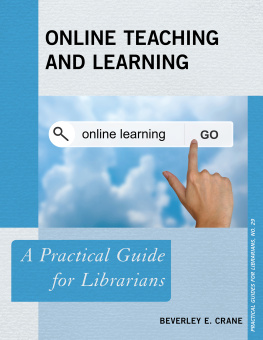
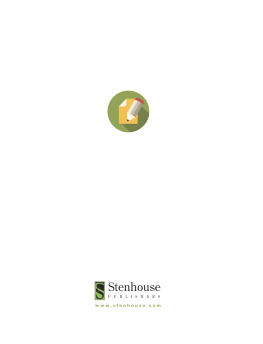
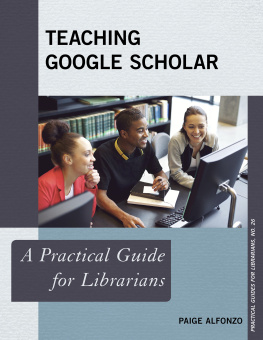
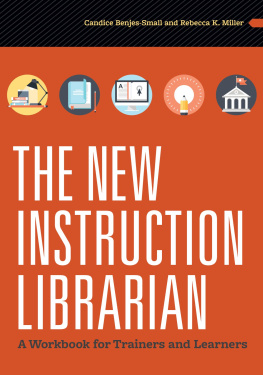
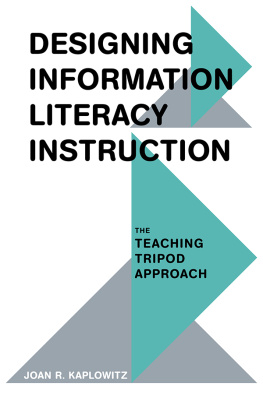

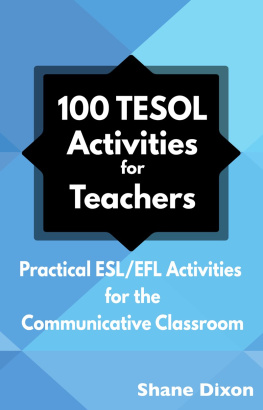
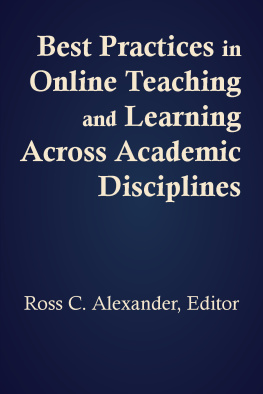
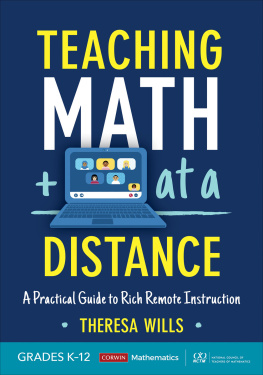
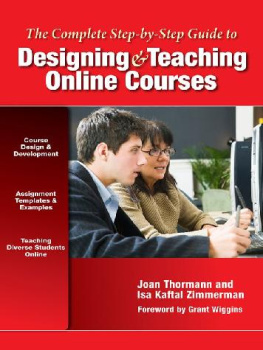

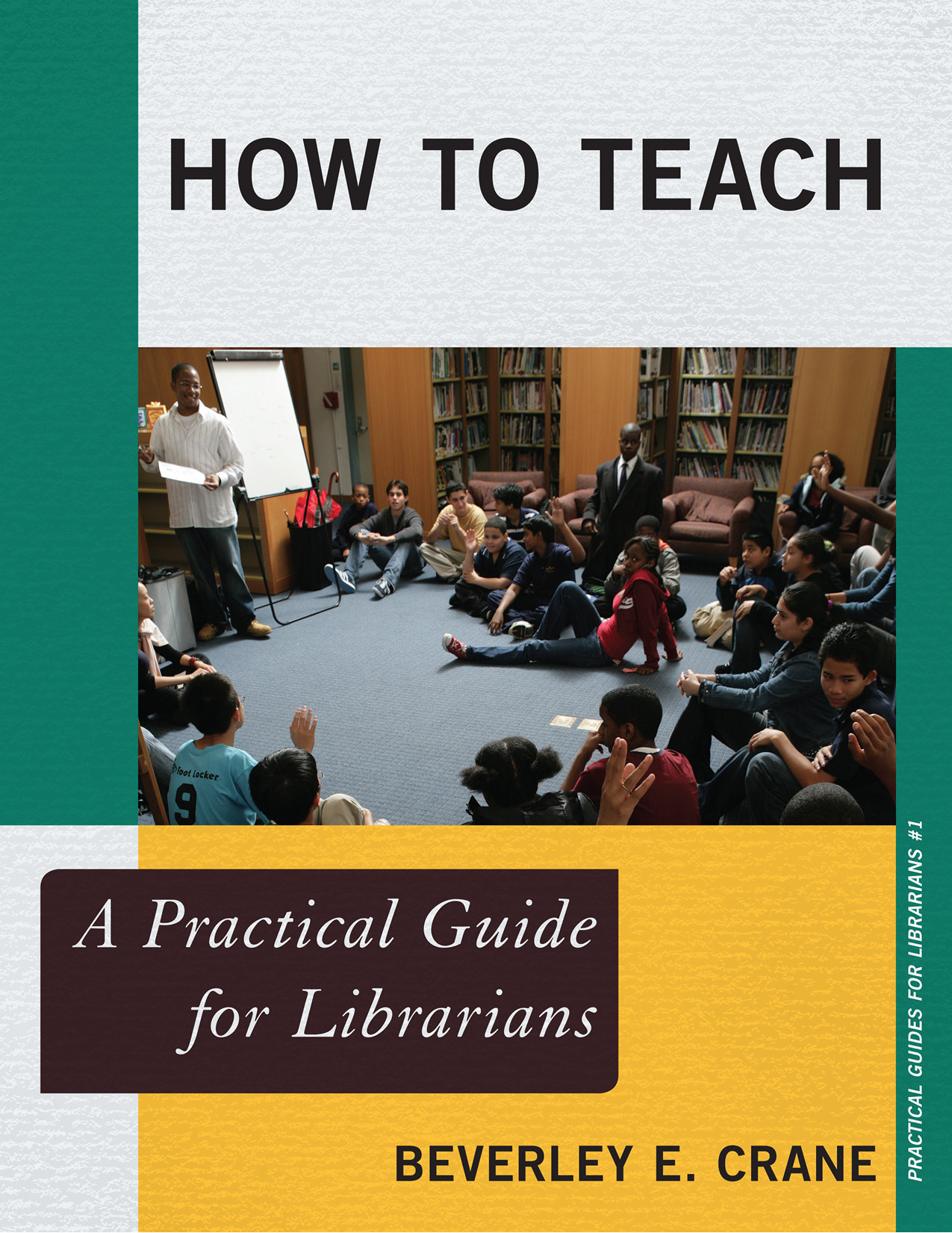
 The paper used in this publication meets the minimum requirements of American National Standard for Information SciencesPermanence of Paper for Printed Library Materials, ANSI/NISO Z39.48-1992.
The paper used in this publication meets the minimum requirements of American National Standard for Information SciencesPermanence of Paper for Printed Library Materials, ANSI/NISO Z39.48-1992.